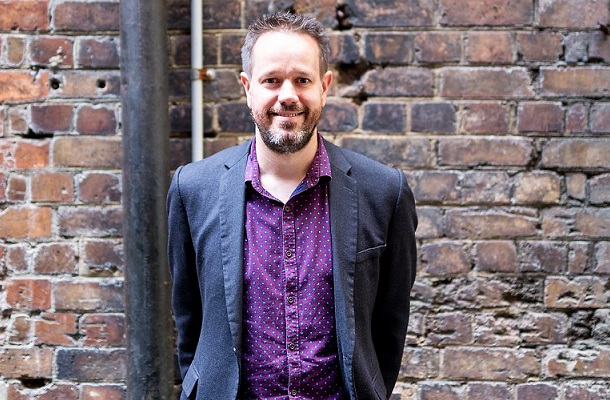How can we help Australians enter the property market?

Leading up to this year’s federal budget there was a lot of discussion about housing affordability. So what policy measures will affect people trying to get a foot on the property ladder most directly? Graham Cooke from finder.com.au explains.
Several possible solutions to reduced housing affordability have been discussed recently in the media, including one element of government policy which majorly affects housing affordability – negative gearing. This essentially benefits property investors by allowing them to claim expenses and interest on their investment as a tax deduction. Thus, it is of greater benefit to the wealthy than the less well-off. For those without a foot on the property ladder negative gearing contributes to pushing up house prices, so getting rid of it, capping it or perhaps limiting it to new developments to encourage more supply would definitely improve housing affordability.
On the other hand, those in favour of negative gearing argue that by allowing owners to absorb losses where rental yield does not cover costs, it is helping to keep rents down. A cynic would reply here that most landlords will simply charge the maximum rent that they can – after all, that makes the most business sense – so rental costs are more heavily dependent on market supply and demand than negative gearing. However, changes are unlikely to come any time soon.
Another solution which has been discussed recently is to allow first-time buyers to access their superannuation savings for purchasing a property. However, the vast majority (80%) of economists and experts surveyed by finder.com.au in the run-up to the RBA announcement in April 2017 said that this would be an irresponsible move on behalf of the government.
If demand is high, increasing supply should have a cooling effect on prices. Malcolm Turnbull has cited this as the most important factor in controlling affordability. Approaches here could include development incentives for higher-density housing closer to city centres, freeing up government land for development, or zoning brand new suburbs on the city outskirts as Melbourne have just done. These changes are likely to be slow and gradual, however.
One of the biggest obstacles for first home buyers is saving for a deposit. This is quite hard to do while paying rent, and with home prices continuing to rise, the size of the deposit also keeps increasing. Low savings account interest rates are not helping. One suggestion we like here at finder.com.au is to allow for people with excellent rental repayment history to be recognised as less risky by lenders, and therefore allow them to take out loans at below 20% deposit without having to pay lender’s mortgage insurance. Ultimately paying a home loan and paying rent are quite similar, and if a first home buyer has years of excellent rental history, they are likely to be good at paying off their mortgage too. A reduced deposit size will certainly help young Australians enter the property market.
What will affect housing affordability most directly is the cost of borrowing. The RBA cash rate is currently lower than it has ever been at 1.5%, with the average standard variable rate available from the banks around 4.8%. Right now, there are many loans on the market with interest rates below 4%. Unfortunately, however, it looks like this low-interest scenario is not here to stay. The vast majority (86%) of economists we survey expect the next cash rate movement to be up, and the percentage of economists with that view has been steadily increasing over the past three months. The good news is that this move is not likely to happen for a few months, and possibly not until 2018. For potential buyers, it’s important to factor in a potential rate rise of 2-3% over the next few years.
Housing Affordability Online Consultation:
Q: What can be done to improve housing affordability?
Graham Cooke is Insights Manager of finder.com.au.










